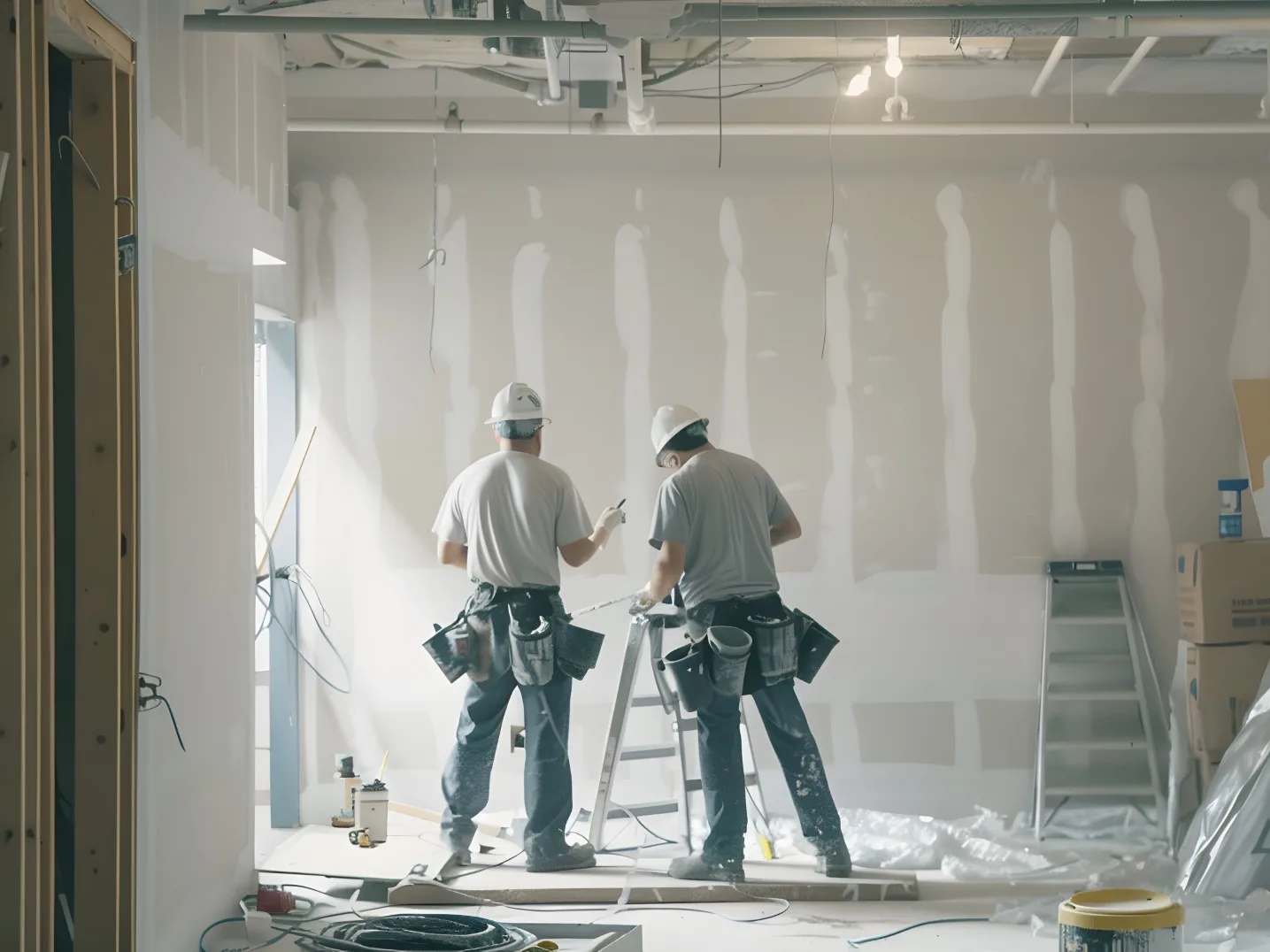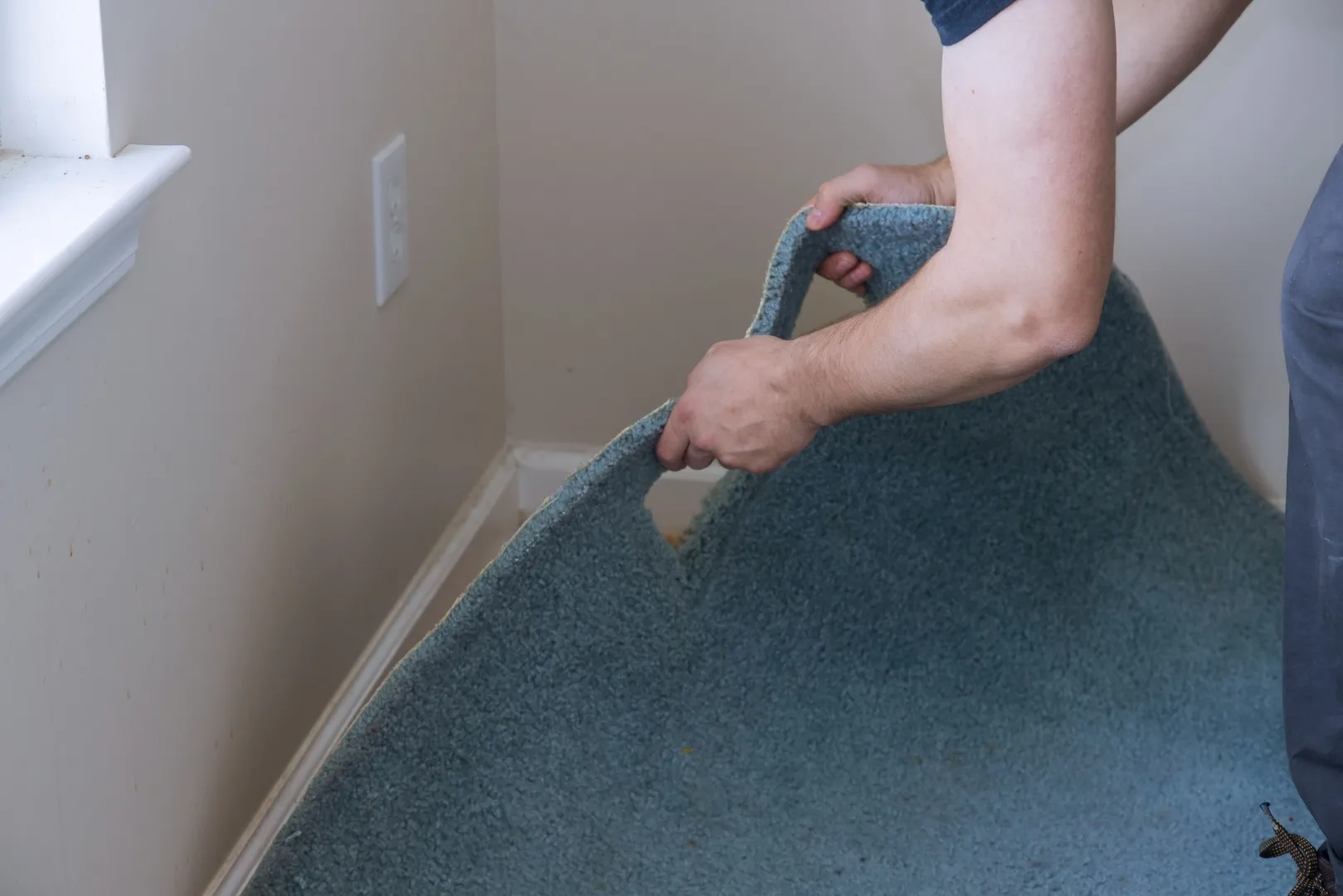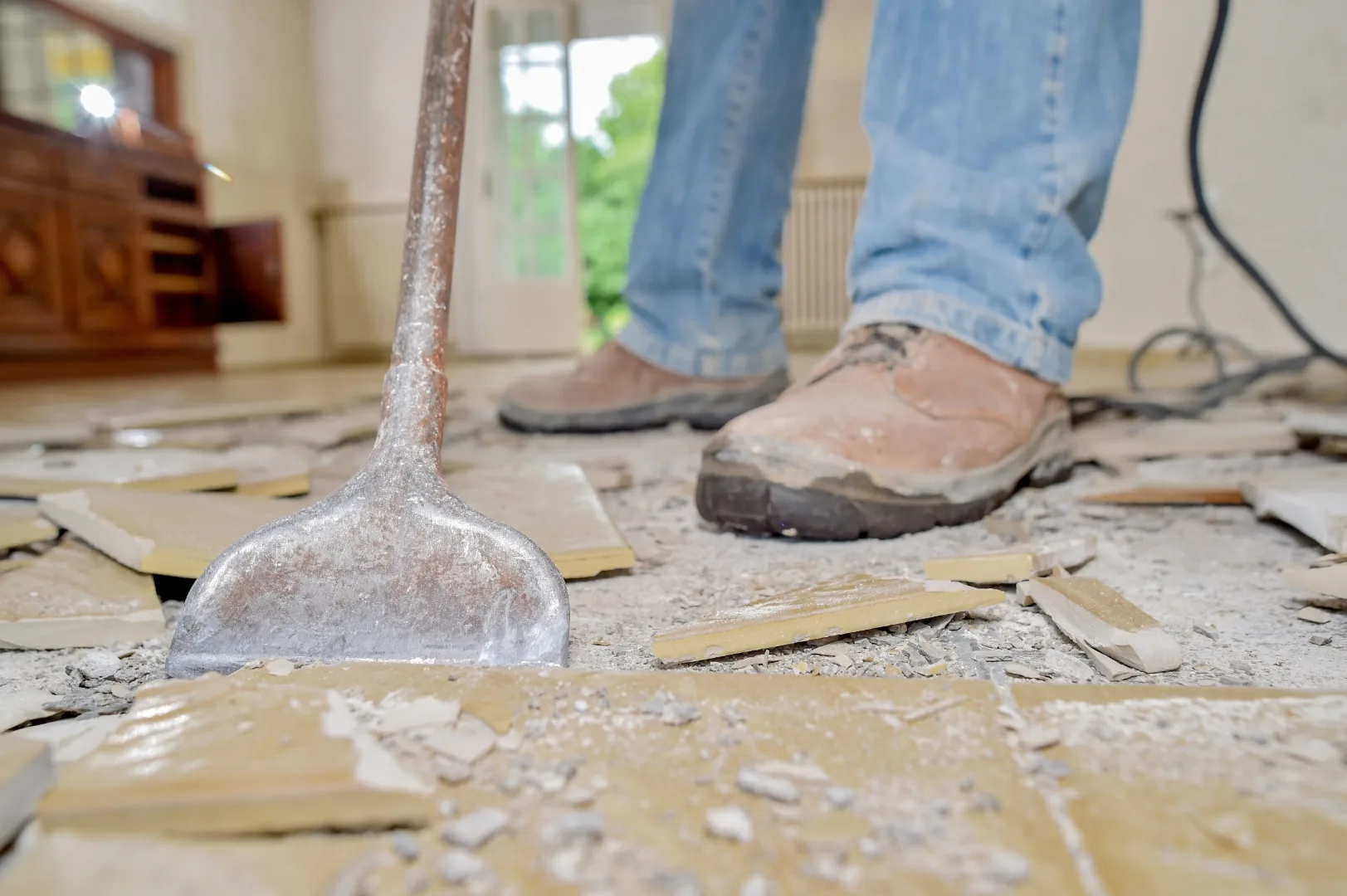
When damage strikes your home, whether from water, fire, mold, or everyday wear, you may feel overwhelmed and unsure of what steps to take to fix your property. Many homeowners use the terms restoration and renovation interchangeably, but they are very different processes with very different goals. Understanding the difference can help you choose the right service and ensure you get results that fit your needs, budget, and timeline.
What Is Restoration?
Restoration focuses on bringing your home back to its original state by carefully repairing and preserving its original features, materials, and design. This is the most common approach after a disaster, such as a flood, fire, storm, or mold outbreak.
Key Goals of Restoration
- Repair and return materials to their pre-loss condition
- Preserve as much of the original structure as possible
- Reinforce weak points and repair damaged foundations, walls, and roofs
- Remove damage safely and efficiently
- Minimize replacement costs
Common Restoration Services
- Water extraction and structural drying
- Mold removal and remediation
- Smoke and odor elimination
- Soot removal
- Storm damage repair
- Asbestos removal
- Rebuilding damaged sections
- Cleaning and sanitizing affected materials
Who Is Restoration Best For?
Homeowners who want their property returned to how it was before the damage quickly, efficiently, and cost-effectively should choose restoration. Insurance companies typically prefer restoration because it keeps costs lower and preserves the property.
Signs You Need Restoration (Not Renovation)
- You see water stains, warping, or bubbling paint
- You smell a musty odor, which could indicate mold growth
- There’s smoke or soot after a fire
- Materials feel soft or spongy
- You have visible structural damage
- Your insurance adjuster recommends immediate cleanup
Restoration is about safety and preventing further damage, so speed is essential.

What Is Renovation?
Renovation goes beyond simply repairing damage — it focuses on updating, improving, or modernizing a space. Renovation doesn’t always follow a disaster; it may be done to enhance design, functionality, or resale value.
Key Goals of Renovation
- Upgrade materials, finishes, or layouts
- Improve efficiency, safety, or appearance
- Customize the home to the owner’s lifestyle
- Add long-term value
Common Renovation Services
- Replacing flooring, cabinets, or countertops
- Updating fixtures and lighting
- Modifying layouts or opening walls
- Installing new technology or energy-efficiency material, or appliances
- Aesthetic upgrades and remodeling
Who Is Renovation Best For?
Homeowners who have already restored their property or want to make some aesthetic or energy-efficient upgrades.
Signs You’re Ready for Renovation
- You want a more modern look or layout
- Your materials are outdated or inefficient
- You’re planning to sell your home soon
- You’d like to increase property value
- You’re already undergoing repairs and want to upgrade at the same time.
Renovations are flexible and customizable, giving you the freedom to design the space you want. For example, you can update carpet to luxury vinyl plank flooring.
Which Do You Need?
Choosing between restoration and renovation depends on your goals:
- If you’ve experienced water, fire, mold, or storm damage, restoration is the necessary first step.
- Once your home is safe, stable, and healthy, you can choose renovation to take your space a step further — especially if you want a more modern finish or new layout.
Benefits of Combining Restoration and Renovation
Many homeowners choose to combine both processes for maximum efficiency. Benefits include:
- Fewer disruptions by doing work at once
- Cost savings since contractors are already on-site
- The ability to upgrade materials during replacement
- A fully refreshed, safe, modern home
This combined approach is especially popular after water or fire damage, where certain materials typically need replacing anyway.
How Insurance Plays a Role
Insurance companies generally only cover what is necessary to return your home to its pre-loss condition. This usually includes:
- Water removal
- Cleaning and drying
- Rebuilding damaged sections
- Sanitizing or deodorizing
Insurance typically doesn’t cover renovations, such as upgrading to premium materials or altering a layout. However, some homeowners choose to pay the difference out of pocket to upgrade materials while repairs are happening, often saving time and money in the long run.
Restoration and Renovation: Giving You a Beautiful Home

Understanding the difference between restoration and renovation empowers homeowners to make confident decisions after damage occurs or when it’s simply time for an upgrade. Restoration focuses on returning your property to its original condition, while renovation enhances and modernizes your space. Whether you’re dealing with an unexpected disaster or planning a long-awaited transformation, choosing the right approach ensures your home remains safe, functional, and beautiful.
If you’re ready to begin the renovation or restoration process, give All American Cleaning & Restoration a call.
